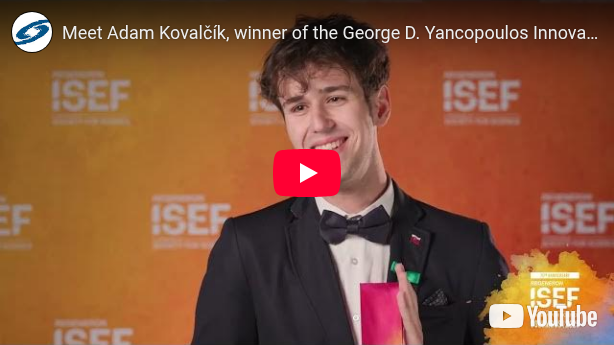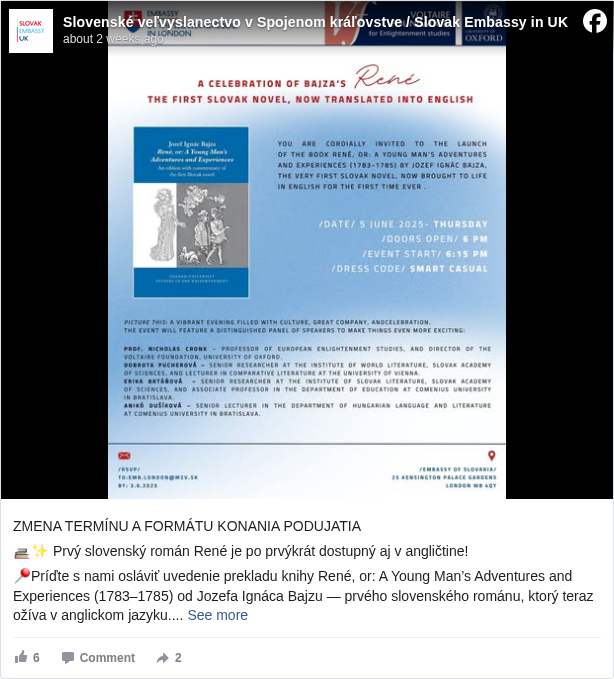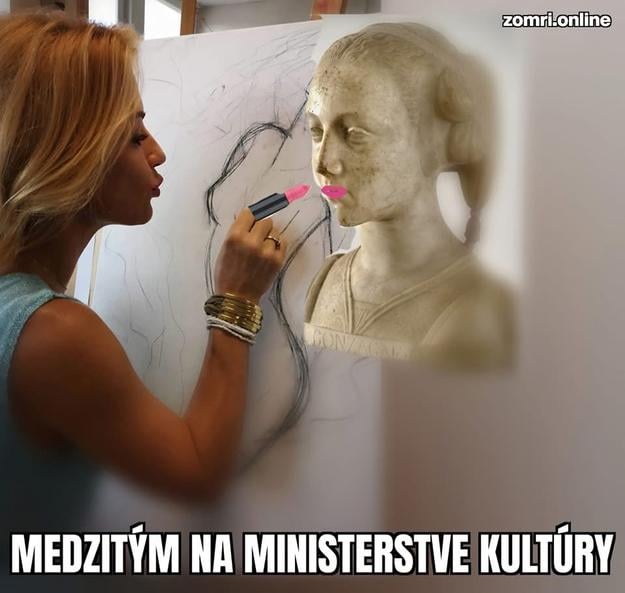Every week The Slovak Spectator brings you a selection of three short stories from across Slovakia from which pessimism and negativity are absent.
Young Slovak talent wins top prize at world’s largest high-school science fair
Nineteen-year-old Adam Kovalčík from Dulovce in southern Slovakia has earned global recognition by winning the prestigious $100,000 George D. Yancopoulos Innovator Award at the Regeneron International Science and Engineering Fair (ISEF), the world’s biggest high-school science competition, the Startitup portal reports.
Adam triumphed over more than 1,600 students from over 60 countries with his groundbreaking research into antiviral drug development. He discovered a faster, more efficient and cost-effective way to produce galidesivir – an antiviral drug that prevents viruses from replicating.
Using materials from corn husk waste, he reduced the manufacturing process from 15 to 10 steps, nearly doubling the drug’s yield and slashing its cost from $75 to $12.50 per gram. He even created a promising new antiviral compound that could outperform galidesivir.
Slovak teen becomes one of the youngest people to ski down Mont Blanc
Fourteen-year-old Slovak ski mountaineer Jakub Ondreáš has achieved an extraordinary feat – successfully skiing down from the summit of Mont Blanc, western Europe’s highest peak.
Jakub first ascended the mountain on May 19 alongside his father, Martin, and filmmaker Rasťo Hatiar. After four days of acclimatization, they began their ascent at 03:00 in the morning, navigating dangerous terrain over the Bossons Glacier, which is filled with crevasses and unstable ice.
After eight challenging hours, they reached the 4,808-metre summit at 11:00, followed by a demanding ski descent back to the valley.
“Just the fact that it’s the highest mountain makes it really interesting and magnetic,” said Jakub. “I heard the climb wasn’t too hard, but that turned out not to be true.”
The first Slovak novel is now available in English for the first time
The first novel written in Slovak, the eighteenth-century work René mláďenca Príhodi a Skúsenosťi by Jozef Ignác Bajza, is now available in English for the first time. The translation, titled René, or: A Young Man’s Adventures and Experiences, was launched in Bratislava at an event on June 3, and later in London.
Originally written in 1784–85, René was the first novel to be published in any minor language within the Habsburg Monarchy. This new edition, complete with expert commentary, was translated by David Short and edited by Dobrota Pucherová and Erika Brtáňová; it is published by Oxford University Studies in the Enlightenment.
According to the publisher, the English translation offers new insight into Enlightenment literature and the cultural struggles of smaller European nations. It highlights early intellectual movements that would later inspire national revival across Central Europe.
Some feel-good stories published by The Slovak Spectator for you to enjoy:
More than a hundred parks and gardens across Slovakia will open their doors this weekend.
Thousands volunteered in the country’s biggest corporate initiative of its kind on June 6.
A Jordanian who runs a Lebanese restaurant in Bratislava says Slovaks welcomed him better than Austrians.
Slovak or Rusyn? One American’s search for her true roots.
A stroll through the Old Town, a three-border experience, and a beautiful sunset view are just some of the experiences that Bratislava has to offer.
A unique ritual dance is being proposed for listing among Slovakia's intangible heritage.
They made it to Glastonbury once. Now they’re going back for more.
A new project in Veľaty offers minimalist lodging near Slovakia’s wine country, though getting there requires some effort.
Meme of the week
Caption: Meanwhile at the Culture Ministry.
This week's meme, from Zomri, parodies recent strange events surrounding a valuable cultural artefact (the Renaissance bust pictured above) and Culture Minister Martina Šimkovičová's reputation for wearing loud clothing and garish make-up.
The bust, recently identified as a work by master sculptor Donatello, was removed from the Spiš Museum in Levoča, eastern Slovakia, in highly unusual circumstances last week. Masked, heavily armed policemen, covertly accompanied by the secretary-general of the Service Office of the Culture Ministry, Lukáš Machala – effectively, the minister's right-hand man – whisked the artwork away to an unknown location. Machala's presence during the operation was later confirmed by his appearance – wearing a hoodie – in a report filmed by a local TV station.
It is not clear why the bust was taken from the museum, which had previously announced plans to make it available to the public this autumn.
Art history researchers revealed the bust's new attribution – and vastly increased value – only in February.
Culture Minister Šimkovičová (SNS nominee) later issued an assurance that the marble bust, which depicts Renaissance-era noblewoman Cecilia Gonzaga, is safe. According to the minister, however, it is not yet clear where the bust will be displayed and presented to the public. The ministry first wants to determine its value.
You can send me your tips for good news stories about Slovakia or funny memes at: kseniia.husieva@spectator.sk. Thank you!



 Mont Blanc (source: Wikimedia)
Mont Blanc (source: Wikimedia)

 (source: FB Zomri)
(source: FB Zomri)